The construction of the bath is a very difficult process, during which you need to seriously treat every detail. Indeed, from any little things may depend on the final result of our work. Of course, of course, to pay attention to the questions related to the thermal insulation of the bath, because the preservation of heat is the most important aspect of the creation of a bathroom.
The owners who are engaged in the construction of the bath, often choose wood as a finishing material. In this case, there is a huge selection of tree breeds, among which it is best to make a choice in favor of aspen or linden.
However, sometimes instead of wood uses tiles. For a bath, this is an excellent finishing material that has plenty of advantages. First of all, the tile copes perfectly with any temperature drops that constantly exist in the bathroom. Accordingly, the tile will not gradually lose its initial properties and deteriorate. This prepares that the tiled decoration is durable. However, durability is also different, and it all depends on the specific properties of the material and the method of its laying. Moreover, the tile for the bath can have the original form, texture and dimensions.
Content
Features Selection Tiles for Bath
As you know, in most cases, the choice of ceramic tiles is limited by the evaluation of the appearance of the material, as well as its shape. However, when choosing a tile for a bath, it is necessary to analyze the situation globally. Experts argue that it is most important to pay attention to the moisture resistance of the tile, as well as its resistance to wear. With the active operation of the bathroom, this is indeed a tremendous value.
When choosing one or another ceramic tile, you can explore the information that is on the packaging of the material. Often there are detailed data that are directly related to the wear resistance of the tile, as well as its strength.
Moreover, it is worth paying attention to the indicators of moisture absorption tiles. For the bath, this value should be the smaller. Given that many people acquire a bathroom tile, most of the building material does not have problems associated with absorbing moisture. Based on the tile composition, you can also analyze the porosity of the material. The porosity itself depends on the composition of the mixture, which was used for the production of building material. In this case, the best option is a pressed tile that has a minimal porosity. Accordingly, there will be no problems with moisture absorption.
As already mentioned, much depends on the shape of the tile. Now there are a lot of material on the market, which has not exactly ordinary form. In the event that the geometry of the tile does not match the surface on which it will be located, you can encounter a number of problems. However, the worst thing is that in such a situation you can detect a lot of details, on which the service life depends. For example, if the tiles are not tightly lay down to each other, they will gradually begin to deteriorate, crack, and later the process will spread throughout the bathhouse.
Tile glue selection
The choice of tiles is just half the case. It is also necessary to pay attention to the glue, on the basis of which the building material will be attached. First of all, it is worth making a choice in favor of moisture-resistant glue, and preferably from the manufacturer who has already proven itself in the market. If the tile is put on the layer of the old material, it is still necessary to refer to the quality of glue even more.
After cooking, the glue should not quickly stick, because during the process of laying the tile often there is a need to adjust the location of the material.
Most often on sale you can easily find glue, which is made specifically for one or another type of tile. Of course, it is always necessary to keep in mind that there are always serious demands for the bath tile, as well as to her laying. It is better to learn the necessary information about the consultants in the construction store, than later to spend money on the next repair work related to tile notes.
Tile laying tools
To lay a bathroom tile, we need a number of tools, each of which plays a serious role in construction work. We will need:
- line level;
- glue for tiles;
- kiyanka;
- drill that will be used to prepare the adhesive mixture;
- various tanks for glue and water;
- grout for seams;
- plastic crosses;
- spatulas.
If in the process of laying the tile will be found that some of the tools are missing, you can face serious problems. Thus, you need to carefully check each component of the above list.
The process of laying tiles in the bath
Immediately it is worth emphasizing the attention that the process of laying tiles in the bathroom is almost no different from the facing of any other premises. However, in this case, we will need to take into account some subtleties of space in the bath. It is about the fact that in the bathroom there is water to flow into a certain place, it should have a small tile for this tile. To implement all this, we need a construction level.
At the very beginning there is an alignment of the floor with a cement screed, and the walls are carefully placed, after which it is necessary to install beacons, which will allow laying the tile. Between the beacons, you can pull the line or thread to be confident in the smooth location of the building material.
The styling itself begins with the corners of the room. The glue is applied with a thin layer on the tile, after which the ceramics immediately need to be located on the cement screed. Accordingly, the glue harms very quickly, so you need to think quickly.
Rush glue is needed toothed spatula, which provides a reliable grip between the surface and tiles. Between the tiles you need to have plastic crosses that allow you to control the distance between the rows of facing.
After checking the mixture of the laid tile, it is necessary to get rid of all residues ley, which unambiguously take place on the surface of ceramics after the construction process. It also needs to be done quickly, as dried glue is very difficult to remove from the surface.
After soaring the glue, you can get rid of plastic crosses and close the seams by grouting. As for the grout itself, now in construction stores there is a wide range of this product. You can easily choose a grout that will correspond to the color of the tile. It is also worth saying that without this component water will fall into the gaps between the tiles, and the screed gradually collapse.

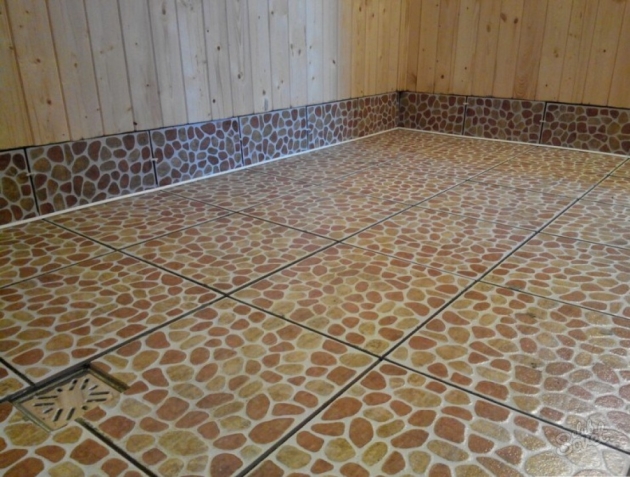
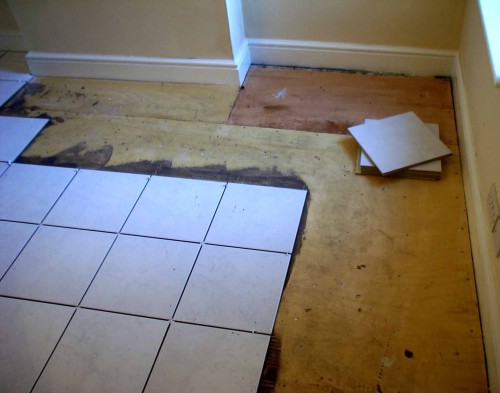
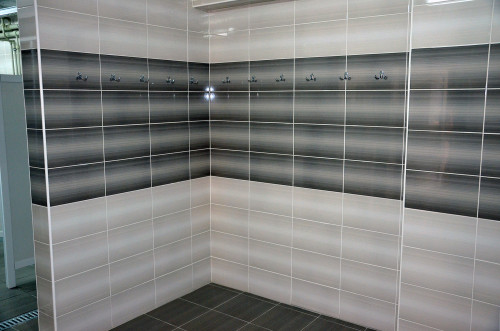
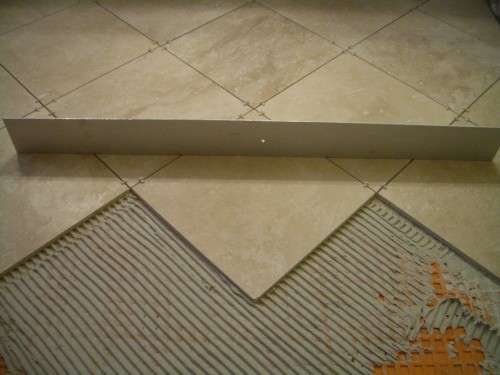
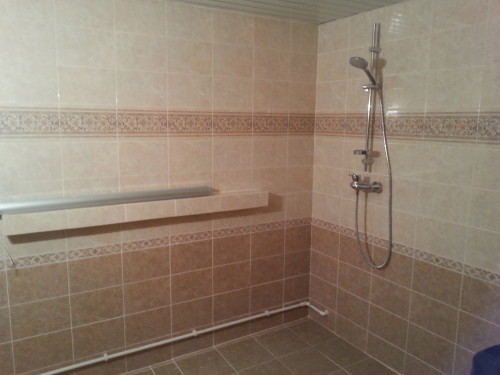

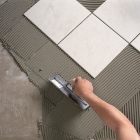


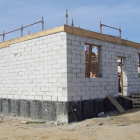
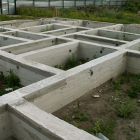


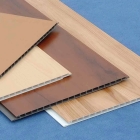
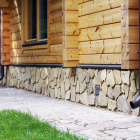
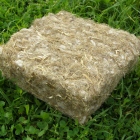
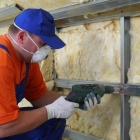
 Start a discussion ...
Start a discussion ...